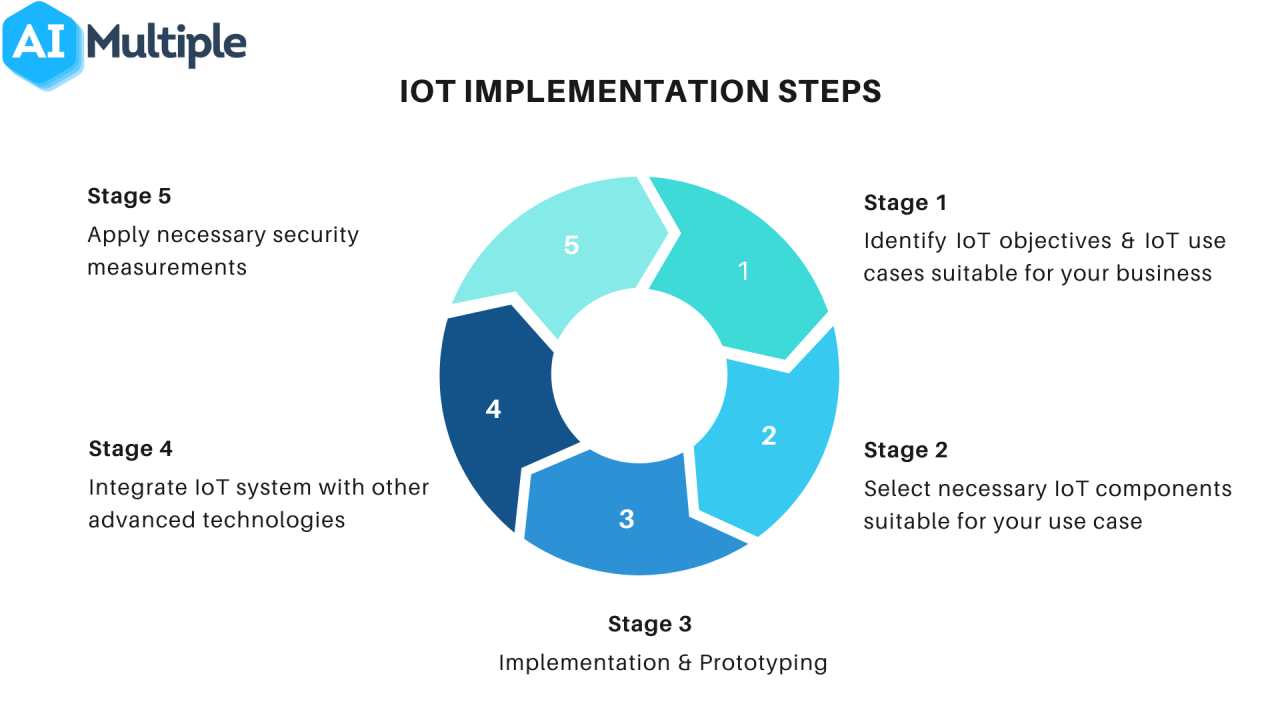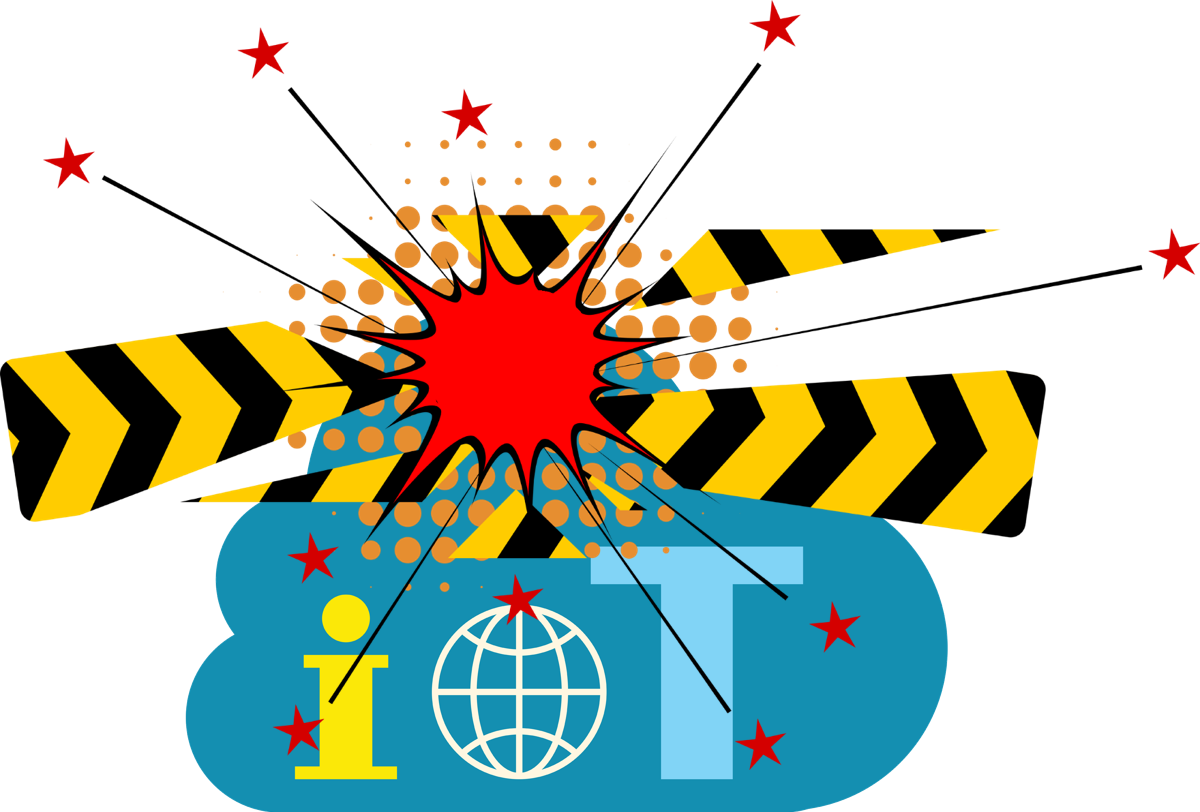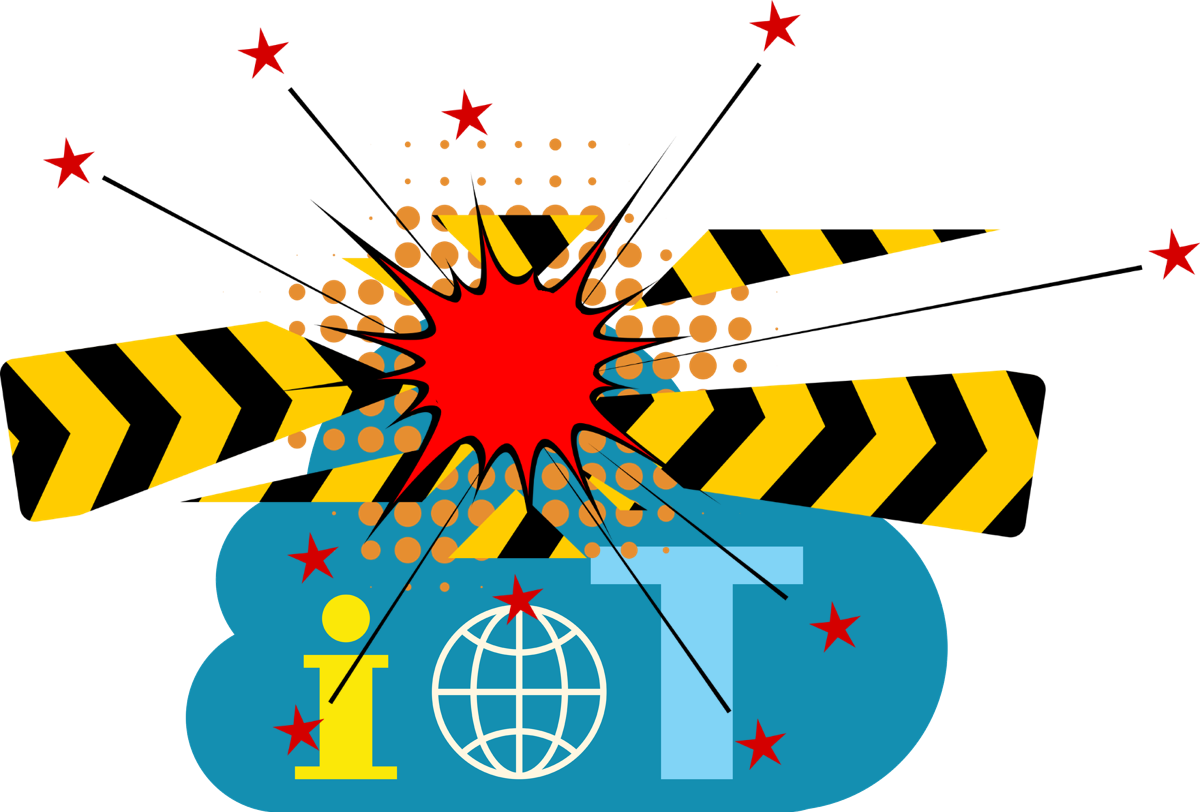Breaking barriers in smart metering with Wi-Fi HaLow: Smart meters are revolutionizing energy management, but deploying them effectively presents significant hurdles. Traditional communication technologies often struggle with range, power consumption, and security. Wi-Fi HaLow, however, offers a compelling solution, promising to overcome these challenges and unlock the full potential of smart metering networks. This technology’s unique capabilities in long-range communication, low power consumption, and enhanced security make it a game-changer in the field.
This article delves into the specifics of how Wi-Fi HaLow addresses the critical issues facing smart meter deployment. We’ll explore its advantages over other communication protocols, examine its performance in various environments, and discuss the practical aspects of network deployment, management, and security. We’ll also look at real-world examples and cost-effectiveness to provide a comprehensive overview of this transformative technology.
Wi-Fi HaLow in Smart Metering: A Technological Leap: Breaking Barriers In Smart Metering With Wi-Fi HaLow
Smart metering is revolutionizing energy consumption monitoring and management. However, challenges in communication infrastructure often hinder widespread adoption. Wi-Fi HaLow, with its long-range, low-power capabilities, offers a compelling solution to these challenges, enabling efficient and reliable smart meter deployments. This article explores the advantages of Wi-Fi HaLow in smart metering, addressing key aspects like range, power consumption, security, and cost-effectiveness.
Introduction to Wi-Fi HaLow in Smart Metering
Wi-Fi HaLow, operating in the 900 MHz band, provides several advantages over other communication technologies in smart metering applications. Its extended range and superior wall penetration capabilities are particularly beneficial for reaching remote or geographically challenging locations. Unlike technologies like Zigbee or Z-Wave which struggle with long-distance communication and obstacles, Wi-Fi HaLow offers a robust solution. The current challenges in smart meter deployments frequently center around limited communication infrastructure, particularly in areas with sparse populations or complex building structures.
Wi-Fi HaLow directly addresses these issues, ensuring reliable connectivity and data transmission even in difficult environments.
The benefits of using Wi-Fi HaLow include enhanced coverage, reduced infrastructure costs, improved battery life for smart meters, and robust security features. This ultimately leads to more efficient and cost-effective smart metering deployments.
| Protocol | Range | Power Consumption | Data Rate | Cost |
|---|---|---|---|---|
| Wi-Fi HaLow | Up to 1 km (line of sight) | Low | Variable, up to several Mbps | Moderate |
| Zigbee | Up to 100m | Low | Low | Low |
| Z-Wave | Up to 30m | Low | Low | Low |
| LoRaWAN | Up to 10km | Very Low | Low | Moderate |
Addressing Range and Penetration Issues

Wi-Fi HaLow’s extended range, reaching up to 1 kilometer in line-of-sight conditions, significantly improves coverage, especially in rural areas or dispersed settlements where meters are located far from the central network. Its ability to penetrate walls and other obstacles surpasses that of technologies like Zigbee and Z-Wave, making it ideal for densely populated urban environments where signal blockage is common.
Consider a scenario involving a smart metering deployment in a dense urban area with numerous tall buildings. Using Wi-Fi HaLow:
- Signal attenuation due to building obstructions is minimized, ensuring reliable communication to meters even in shadowed areas.
- Fewer base stations are required compared to other technologies with shorter ranges, reducing infrastructure costs.
- A more robust and reliable network is created, leading to improved data accuracy and reduced service interruptions.
Power Consumption and Battery Life

Wi-Fi HaLow’s power efficiency is a key advantage. While not as low as LoRaWAN, its power consumption is significantly lower than traditional Wi-Fi, making it suitable for battery-powered smart meters. Optimizing power consumption involves using low-power modes, reducing transmission frequency, and employing efficient data compression techniques. Implementing duty cycling, where the meter transmits data only periodically, further extends battery life.
Best practices include using low-power hardware components, optimizing software for energy efficiency, and employing adaptive transmission power based on signal strength and distance.
Security and Data Privacy, Breaking barriers in smart metering with Wi-Fi HaLow
Wi-Fi HaLow incorporates robust security features, including advanced encryption protocols like AES, to protect against unauthorized access and data breaches. Authentication mechanisms ensure only legitimate devices can access the network. Regular software updates and firmware patching are crucial to maintaining security.
Implementing robust security measures involves the following steps:
- Use strong passwords and unique network names (SSIDs).
- Enable WPA2/WPA3 encryption.
- Regularly update firmware and software on both meters and network infrastructure.
- Implement access control lists (ACLs) to restrict access to the network.
- Monitor network traffic for suspicious activity.
Network Deployment and Management

Deploying a Wi-Fi HaLow network involves site surveys to determine optimal base station placement, network planning to ensure adequate coverage, and device configuration. A well-planned deployment minimizes interference and maximizes efficiency. Remote diagnostics and over-the-air firmware updates enable efficient network management and troubleshooting.
Essential steps for successful deployment include:
- Conduct a thorough site survey to assess signal propagation and identify potential interference sources.
- Plan the network topology, determining the number and location of base stations.
- Configure the network settings, including SSID, security protocols, and channel selection.
- Deploy and commission the base stations and smart meters.
- Monitor the network performance and address any issues that arise.
Cost-Effectiveness and Scalability
While initial investment might be higher compared to some low-power wide-area network (LPWAN) technologies, Wi-Fi HaLow offers long-term cost savings due to its extended range, reducing the need for extensive infrastructure. Its scalability allows for easy expansion to accommodate future growth without significant changes to the network architecture. Factors influencing cost-effectiveness include hardware costs, software licensing, installation labor, and ongoing maintenance expenses.
Case Studies and Real-World Examples
Several successful Wi-Fi HaLow deployments in smart metering projects demonstrate its effectiveness. While specific details may vary depending on the project, common themes include improved coverage, reduced power consumption, and enhanced security. Challenges encountered often relate to initial deployment planning and overcoming site-specific obstacles.
| Deployment Size | Geographic Location | Key Results | Lessons Learned |
|---|---|---|---|
| 10,000 meters | Rural area, USA | 99.9% data accuracy, extended battery life | Thorough site survey crucial |
| 5,000 meters | Urban area, Europe | Improved network coverage in dense environment | Careful channel planning essential |
Conclusion
Wi-Fi HaLow emerges as a powerful tool to overcome the obstacles hindering widespread smart meter adoption. Its ability to provide long-range, low-power communication with robust security features makes it an ideal solution for various environments, from densely populated urban areas to sparsely populated rural regions. By addressing range limitations, optimizing power consumption, and enhancing security, Wi-Fi HaLow paves the way for a more efficient, reliable, and secure smart energy future.
Okay, so we’re talking about smashing limitations in smart metering with Wi-Fi HaLow, right? Think of it like this: reliable, long-range data transmission is key, much like a solid defense in football. Check out this article on The Numbers: Palace’s 150 Premier League clean sheets – consistent performance is crucial, whether it’s preventing goals or ensuring accurate energy readings.
Getting back to Wi-Fi HaLow, its extended range and low power consumption are game-changers for smart grid deployments.
The cost-effectiveness and scalability of this technology further solidify its position as a leading contender in the smart metering revolution.
FAQ Insights
What is the typical range of Wi-Fi HaLow?
Wi-Fi HaLow’s long range and low power consumption are game-changers for smart metering, extending coverage and reducing infrastructure costs. Think about the challenges of reliable communication in a densely populated area like Manhattan – imagine trying to monitor energy usage during a major event like the holiday market fire, as reported here: Fire erupts at Bryant Park holiday market in Manhattan.
The resilience of a Wi-Fi HaLow network in such a scenario highlights its potential for reliable smart metering infrastructure even amidst disruptions.
Wi-Fi HaLow boasts a significantly longer range than many other low-power technologies, often exceeding 1km in open areas. Actual range depends on environmental factors.
How secure is Wi-Fi HaLow compared to other protocols?
Wi-Fi HaLow incorporates robust security features, including advanced encryption methods, to protect against unauthorized access and data breaches. Its security is generally considered superior to some older protocols.
What are the main differences between Wi-Fi HaLow and Zigbee?
Wi-Fi HaLow offers a much longer range than Zigbee, but Zigbee typically provides higher data rates. The choice depends on the specific needs of the application.
Can Wi-Fi HaLow penetrate walls and obstacles effectively?
Wi-Fi HaLow’s low-power, long-range capabilities are revolutionizing smart metering, overcoming range limitations of previous technologies. Think about the sheer number of devices needing connection – it’s a bit like the space junk problem, check out this article on What is ‘Kessler Syndrome’ — and why do some scientists think the potential for cascading failures. But unlike orbital debris, Wi-Fi HaLow helps us manage the growing network of smart meters efficiently and reliably.
Yes, Wi-Fi HaLow’s penetration capabilities are better than some other low-power technologies, although signal strength will be reduced by obstacles. Careful network planning is still important.
